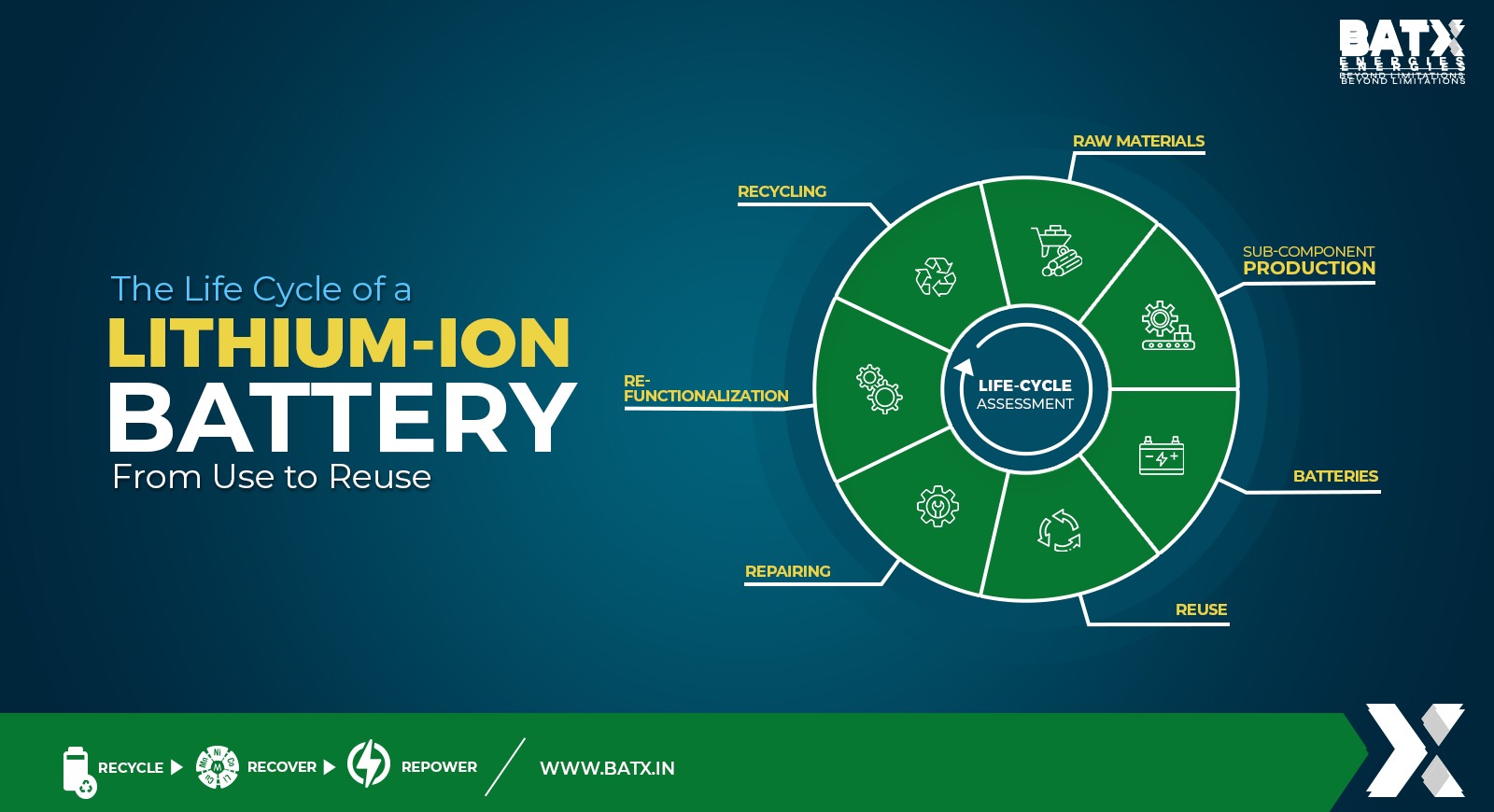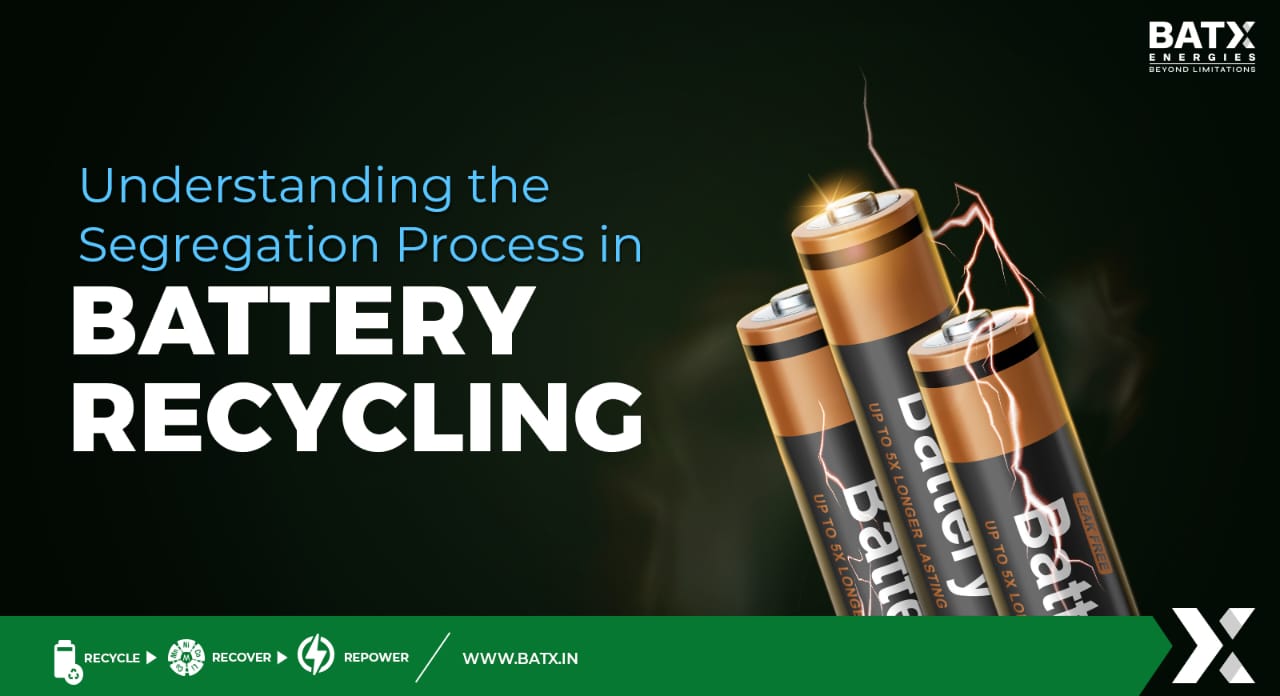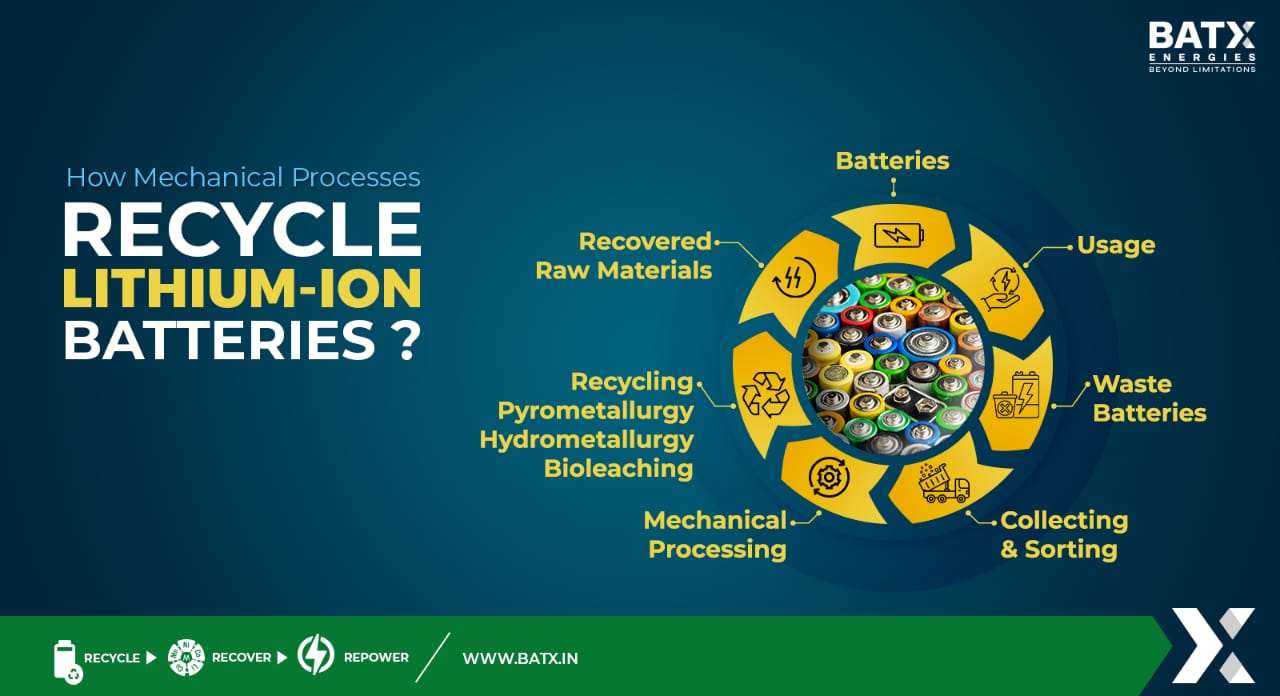Recycling batteries is not as popular as recycling post-consumer paper, aluminium, and plastic. Batteries can be found in every part of the house; they are used in toys, remote controls, alarm clocks, smoke detectors, electrical and electronic gadgets, and mobile devices. However, battery recycling just does not receive the attention it merits.
Instead of correctly being disposed of and recycled, hundreds of thousands of batteries per year are dumped in landfills with their hazardous components. According to a recent analysis, each year, more than 15 billion batteries worldwide are thrown in the trash carelessly.
There are numerous different battery kinds, most of which include poisonous, frequently extremely deadly substances like lead, cadmium, zinc, lithium, and even mercury. When batteries start to degrade, the chemicals may drain into the ground and combine with rainfall that seeps into landfills to create a hazardous soup called leachate that can contaminate the groundwater supply.
The following are some of the most hazardous battery parts:
- Lead – causes ailments such as neuropathy, kidney and gastrointestinal disorders, arterial hypertension, and harm to the brain.
- Mercury – can poison living things, deform bones, poison the neurological and kidney systems, and create extensive environmental contamination.
- Cadmium – affects bodily functions, harming the kidneys and liver and causing cancer, osteoporosis, anaemia, and anaemia.
- Nickel – harms mucous membranes, alters bone marrow, and may promote the growth of cancerous cells.
- Lithium – harms the nervous, digestive, cardiovascular, and (because of its corrosive qualities) human skin, in addition to causing pulmonary oedema.
However, recycling batteries is a simple technique to help prevent the disposal of heavy metals and safeguard the environment and human life.
Types of Batteries
Batteries can be divided into three categories: wet-cell, dry-cell non-rechargeable, and dry-cell rechargeable.
Lead acid is employed in the wet cell, which powers your car, boat, or ride-on lawn tractor. The dry-cell non-rechargeable batteries are small-size batteries we generally use in our homes. The dry-cell rechargeable batteries are commonly used in portable electronic devices, such as phones, laptops, cordless toys, etc.
Rechargeable batteries have the advantage of being rechargeable, which means they require fewer batteries to operate and thus need less disposal. However, safe disposal is critical because 80% of rechargeable batteries contain nickel cadmium, a carcinogen.
The Procedure of Battery Recycling
To get batteries ready for recycling, all batteries need to be separated by chemical. Battery recycling helps recover components (such as rare-earth materials, plastic, and heavy metals) from used batteries so they can be used again.
- A battery’s plastic, acid, and heavy metal components are initially dispersed. High speed hammers or shredders are frequently used to break batteries.
- The battery acids or other liquid electrolytes are drained out and either processed into compounds like carbonates or neutralised to form water.
- The residual pieces of the crushed batteries are then filtered through the appropriate liquids, allowing the different sections to be separated according to density (e.g., plastic from metal).
Why Battery Recycling Is Important
Prevents the disposal of hazardous materials
What happens to batteries that wind up in landfills? They’ll start to deteriorate. Batteries will leak chemicals into the land and ocean, and these substances are dangerous to human health and the environment.
Some of the most hazardous environmental contaminants include lead acid, cadmium, and lithium-ion, and they could directly affect human life if not recycled properly. One significant benefit of recycling batteries is protecting the environment and human health.
Enhance the sustainability of Li-ion batteries
Sustainable battery production is critical as the electric vehicle market expands and environmental concerns drive the stationary storage market. The environmental and ethical consequences of lithium-ion production are increasingly being highlighted, and it emphasises the importance of taking into account the entire life cycle of Li-ion batteries.
Ensuring proper end-of-life management, such as recycling and using recycled materials, can help reduce energy and material requirements throughout the manufacturing chain, increasing the sustainability of Lithium-ion batteries.
Reducing dependency
More than half of the cobalt used in Li-ion batteries is imported from other countries, including the Democratic Republic of the Congo. Recycling lithium-ion batteries reduces reliance on these resources, improves supply chain security, and reduces the adverse effects of these batteries on people and the environment. In other words, increased recycling would reduce the need for virgin materials while protecting the environment.
Keeping supply chain risks to a minimum
Rare Earth metals, which are necessary to make batteries, are in low supply. Because practically all of these Earth Metals can be recovered from used lithium-ion batteries, recycling them is our only option in light of this problem. Recycling will minimise the risk in the supply chain by reducing reliance on other nations for raw resources.
Conclusion
Lithium-ion batteries may be the effective transition to a low-carbon, sustainable future. They boost the penetration of renewable energy technologies through energy storage and enable various portable applications for energy storage. It is anticipated that there will be more lithium battery waste because there is a rising need for batteries and energy storage.
BatX Energies is a battery recycling company that took the initiative to recycle old batteries or end-of-life lithium-ion batteries. We extract the efficiency components, such as black mass, rare-earth materials and other materials, from the battery and send them back to the manufacturers.



